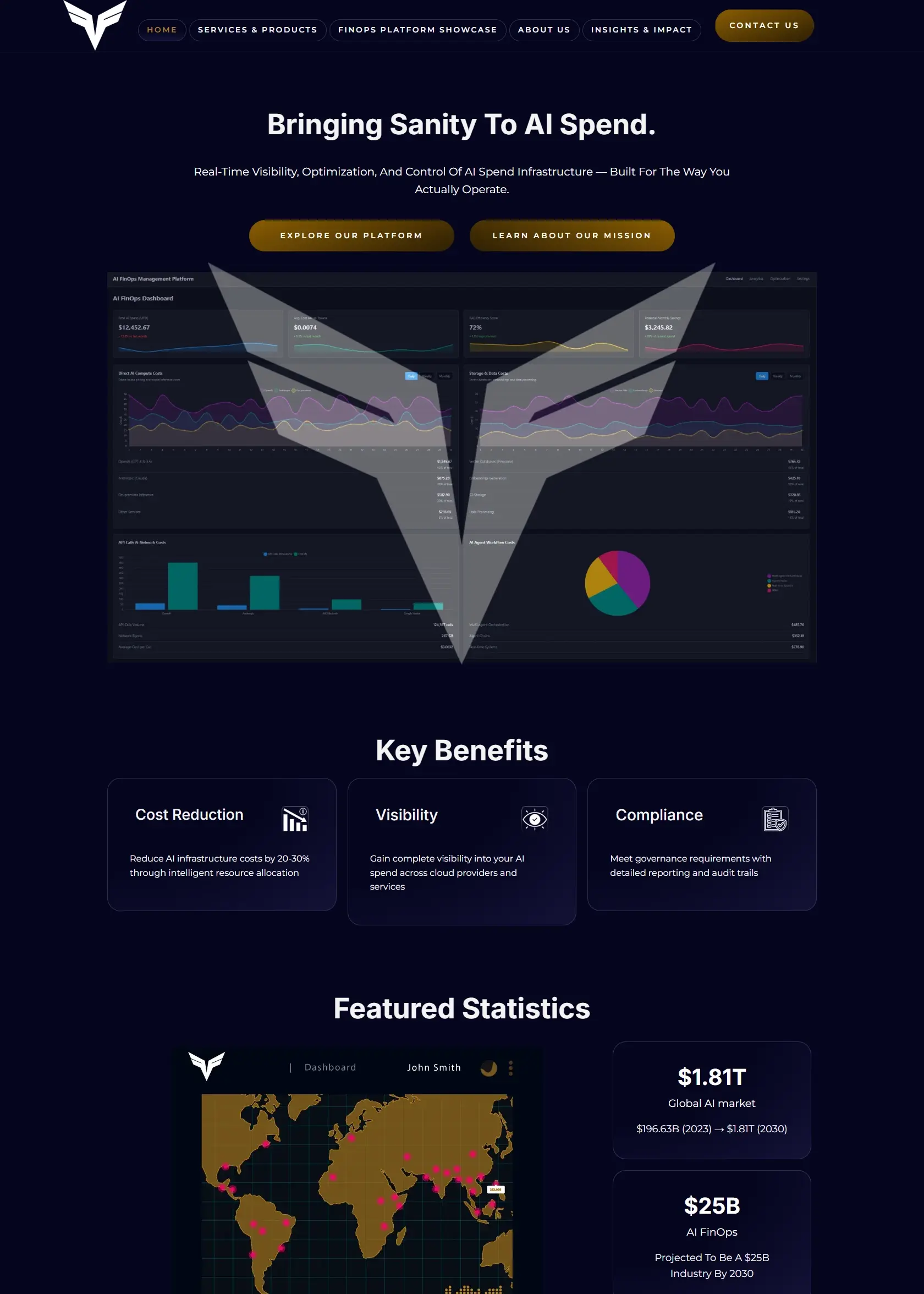In the previous article, we covered the first column of the periodic table of SEO success factors. Now, let’s dive into the next crucial on-page SEO element: site architecture. A well-structured website can significantly boost your search rankings, while a poorly designed structure can harm your visibility.
1. Site Crawlability (Ac)
Search engines like Google and Bing use sophisticated crawlers (or robots) to scan websites, indexing web pages and storing them in a vast database. When a user searches for something, the search engine sorts through this database to find and rank the most relevant pages.
For your website to appear in search results, it must be crawled and indexed. Every website has a crawl budget, which determines how many pages a search engine will scan daily. Websites with higher authority and trust often get larger crawl budgets.
How to Improve Crawlability:
✅ Use robots.txt to direct crawlers to important pages
✅ Optimize internal linking to guide search engines efficiently
✅ Avoid unnecessary URL parameters that could waste crawl budget
✅ Submit XML and HTML sitemaps to help search engines understand your site structure
Remember, when designing your site, always consider both search engines and human users for the best results!
2. Avoiding Duplicate Content (Ad)
Duplicate content can confuse search engines, making it difficult to determine which page to rank. If multiple versions of a page exist, links and authority signals may be split, reducing your page’s SEO potential.
Common Causes of Duplicate Content:
🔹 WWW vs. non-WWW versions (e.g., www.example.com vs. example.com)
🔹 Paginated pages in eCommerce (e.g., page 9 of red dresses)
🔹 URL parameters for filtering products or content
Solutions for Duplicate Content Issues:
✅ 301 redirects to consolidate duplicate URLs
✅ rel=canonical tags to point search engines to the preferred page
✅ Managing URL parameters through Google Search Console
✅ Effective pagination strategies to avoid content dilution
By implementing these best practices, you ensure that only one authoritative version of your content is indexed and ranked.
3. Mobile-Friendliness (Am)
With mobile searches surpassing desktop searches, a mobile-friendly website is essential for SEO success. Google’s mobile-first indexing means that search engines primarily evaluate your mobile site when determining rankings.
How to Optimize for Mobile SEO:
📱 Use a responsive design that adapts to all screen sizes
📱 Improve page speed to reduce bounce rates on mobile devices
📱 Optimize images and videos for faster loading
📱 Ensure tap-friendly buttons and links for better user experience
Additionally, if you have a mobile app, consider app indexing and deep linking to help search engines recognize your app’s relevance in search results.
Final Thoughts
Your site architecture plays a critical role in search engine rankings. By optimizing crawlability, preventing duplicate content, and ensuring mobile-friendliness, you can significantly enhance your SEO performance. Implement these strategies today to maximize visibility and improve user experience! 🚀
Would you like additional SEO recommendations for technical optimization?



